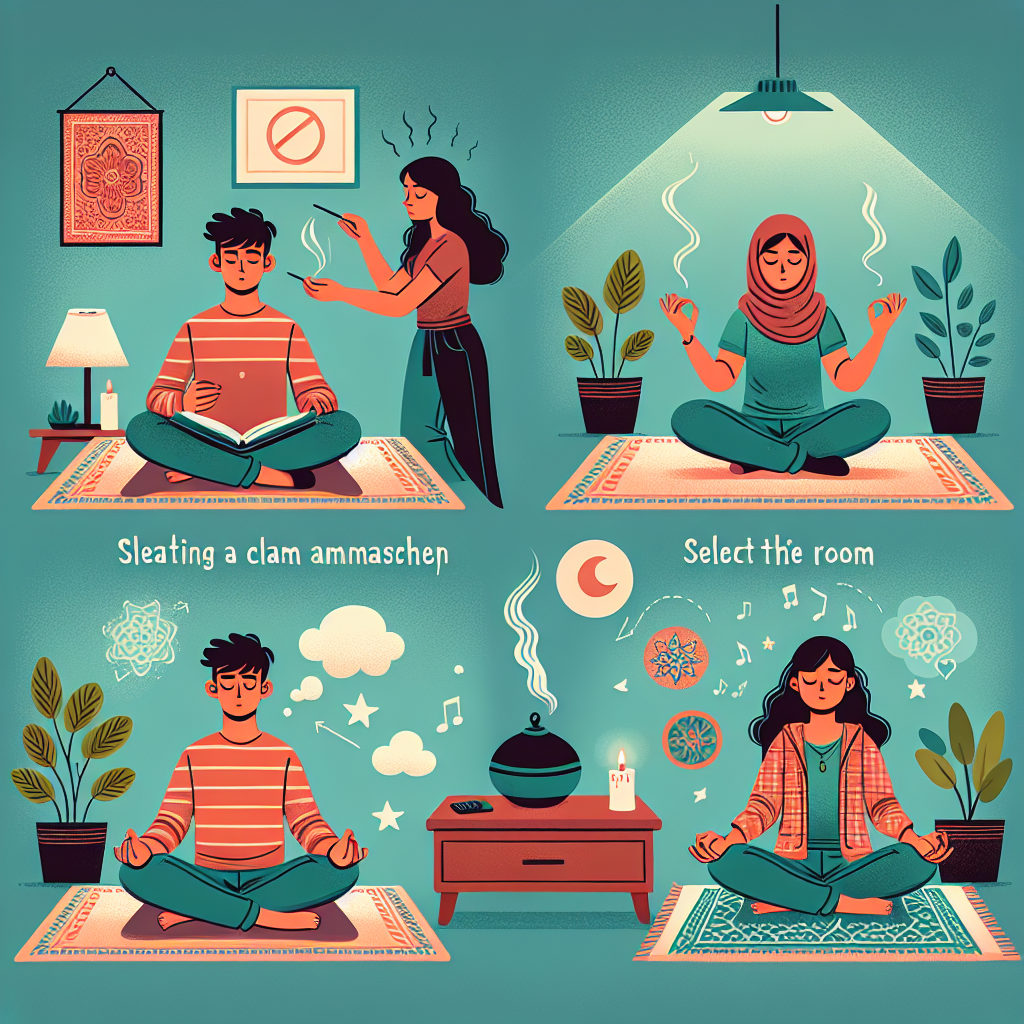
How to do meditation at home for students
How to Do Meditation at Home for Students
Meditation has become increasingly popular among students seeking to boost their mental health and academic performance. With the pressures of assignments, exams, and social life, it’s vital to find a sense of calm and clarity. Thankfully, learning how to do meditation at home for students is easily achievable with just a few simple steps and the right mindset. This guide will walk you through effective techniques, benefits, and tips to create a personal practice that fits your lifestyle.
The Importance of Meditation for Students
In a fast-paced and demanding academic environment, students often face stress, anxiety, and emotional challenges. Here are the key benefits of meditation:
- Increased Focus: Regular meditation practice can enhance concentration and attention span, making studying more effective.
- Stress Reduction: Meditation provides a mental escape, helping to reduce stress and anxiety levels.
- Emotional Regulation: Practicing mindfulness can lead to better emotional control, helping students face academic pressures more effectively.
- Improved Sleep: Many students struggle with sleep issues, and meditation can promote relaxation, creating a better sleep environment.
Getting Started with Meditation at Home
Now that you understand the importance of meditation, let's explore how to start a practice at home without much hassle. The process can be broken down into a few simple steps:
- Choose the Right Time: Finding the right time that suits your schedule is crucial for consistency. Early mornings or late evenings often work best.
- Create a Quiet Space: Choose a comfortable, quiet area in your home where you won't be disturbed.
- Get Comfortable: Sit in a position that feels comfortable to you. You can sit cross-legged on the floor, on a chair, or even lie down.
- Set a Timer: If you're just starting, consider setting a timer for just 5-10 minutes. Gradually increase the duration as you become more comfortable.
Different Types of Meditation Techniques
There are various meditation techniques that students can try. Here’s a breakdown of some effective methods:
1. Mindfulness Meditation
Mindfulness meditation focuses on being present in the moment and can be done anywhere. It involves paying attention to your thoughts and feelings without judgment.
2. Guided Meditation
If you're new to meditation, guided meditation can be particularly helpful. There are many apps and online resources that offer guided sessions, making it easier to follow along.
3. Loving Kindness Meditation (Metta)
This technique involves focusing on cultivating feelings of love and compassion for yourself and others. It can foster a sense of connection and improve emotional wellbeing.
4. Breathing Meditation
Breathing meditation is a simple technique focusing solely on your breath. It helps anchor your attention and can be practiced anywhere, even during study breaks.
Step-by-Step Guide: How to Do Meditation at Home
Let’s go through a simple meditation practice that you can follow:
Preparation
- Find a comfortable and quiet place.
- Sit down in your preferred position.
- Close your eyes or lower your gaze to minimize distractions.
The Practice
- Start by taking a few deep breaths. Inhale through your nose, letting your chest and belly rise, and then gently exhale through your mouth.
- After a few deep breaths, let your breathing return to its natural rhythm.
- Focus your attention on your breath. Notice how it feels as you inhale and exhale. If your mind wanders, gently bring it back to your breath.
Finishing Up
- When your timer goes off, slowly bring your awareness back to the room.
- Take a moment to notice how you feel.
- Gently open your eyes and take a few stretches before returning to your activities.
Tips for Successful Meditation
To ensure a fulfilling meditation experience, consider these helpful tips:
- Be Patient: Meditation is a skill that takes time to develop. Don't be discouraged if you find it challenging initially.
- Consistency is Key: Try to meditate daily, even if it’s just for a few minutes. Regular practice builds habit.
- Use Resources: Explore apps, YouTube channels, or local guided sessions for guidance and support.
- Stay Open-Minded: Be open to exploring different techniques that resonate with you. Every student’s experience is unique.
Creating Your Meditation Space
Having a designated meditation space can enhance your practice. Here are some ideas for setting up your space:
- Minimize Clutter: A tidy space can help create a calm environment.
- Add Personal Touches: Consider adding items like candles, cushions, plants, or inspiring quotes that resonate with you.
- Comfortable Seating: Use a cushion, yoga mat, or chair that feels comfortable for your time spent meditating.
Overcoming Common Challenges in Meditation
Many students face challenges when first starting meditation. Here’s how to tackle some common difficulties:
Distracted Mind
"A mind that wanders is a mind that is learning." – Unknown
It's natural for your mind to wander during meditation. Use this as an opportunity to practice bringing your focus back gently to your breath or point of focus.
Time Constraints
If time is tight, remember that even a short session can be beneficial. Start with just a few minutes and gradually increase your practice as you find more time.
Physical Discomfort
If you experience pain or discomfort, adjust your posture or seating. It’s essential to be comfortable to facilitate a better meditation experience.
Conclusion
Now that you understand how to do meditation at home for students, it’s time to embrace this fantastic practice. Begin with short sessions, and gradually increase the duration as you become more comfortable. Remember, meditation is about the journey, not the destination. Through mindfulness and dedication, you can cultivate a peaceful mind, improve your focus, and enhance your overall well-being as a student. Happy meditating!
By Guest, Published on August 20th, 2024